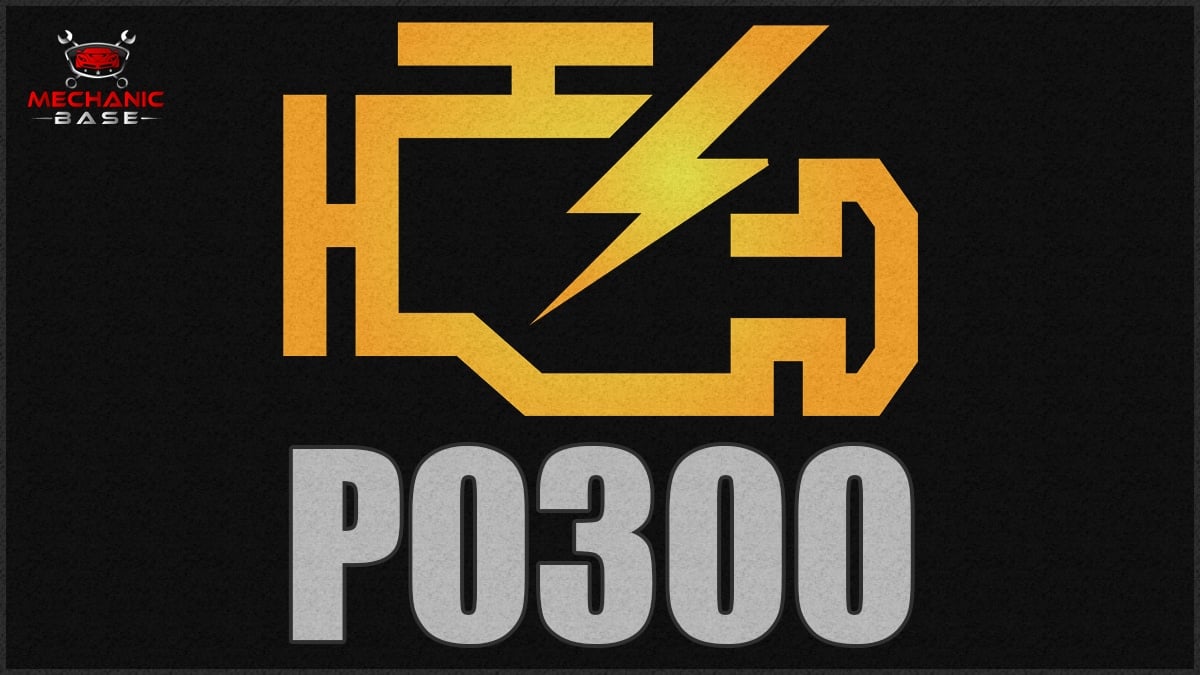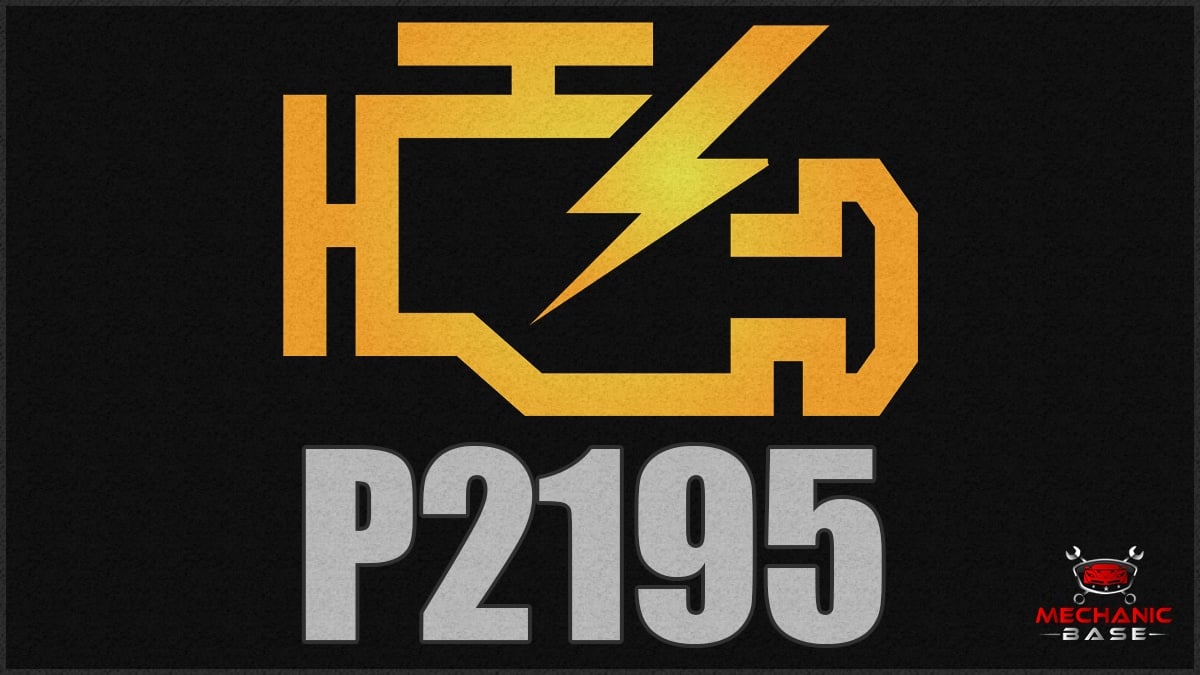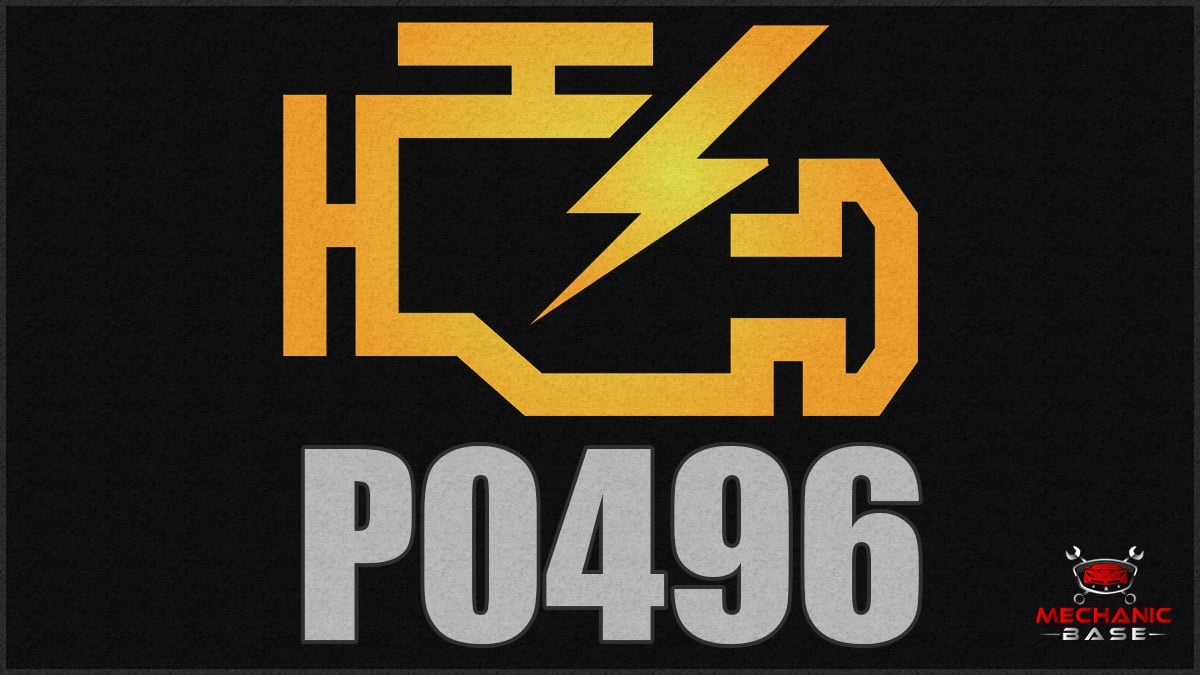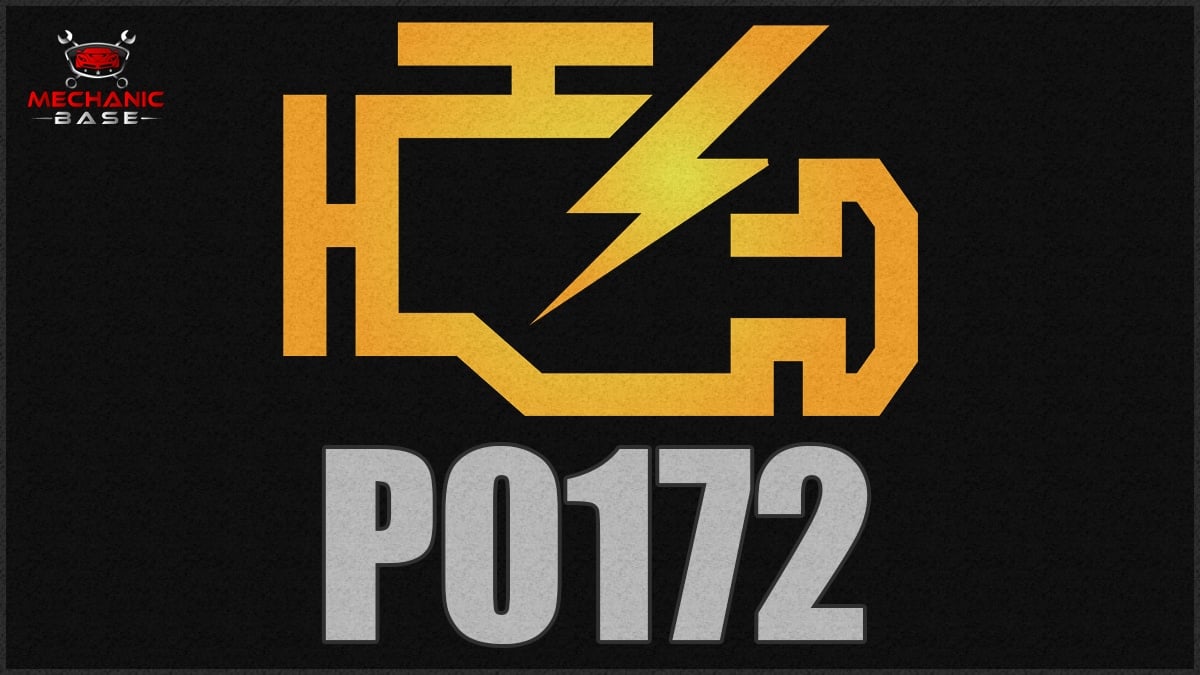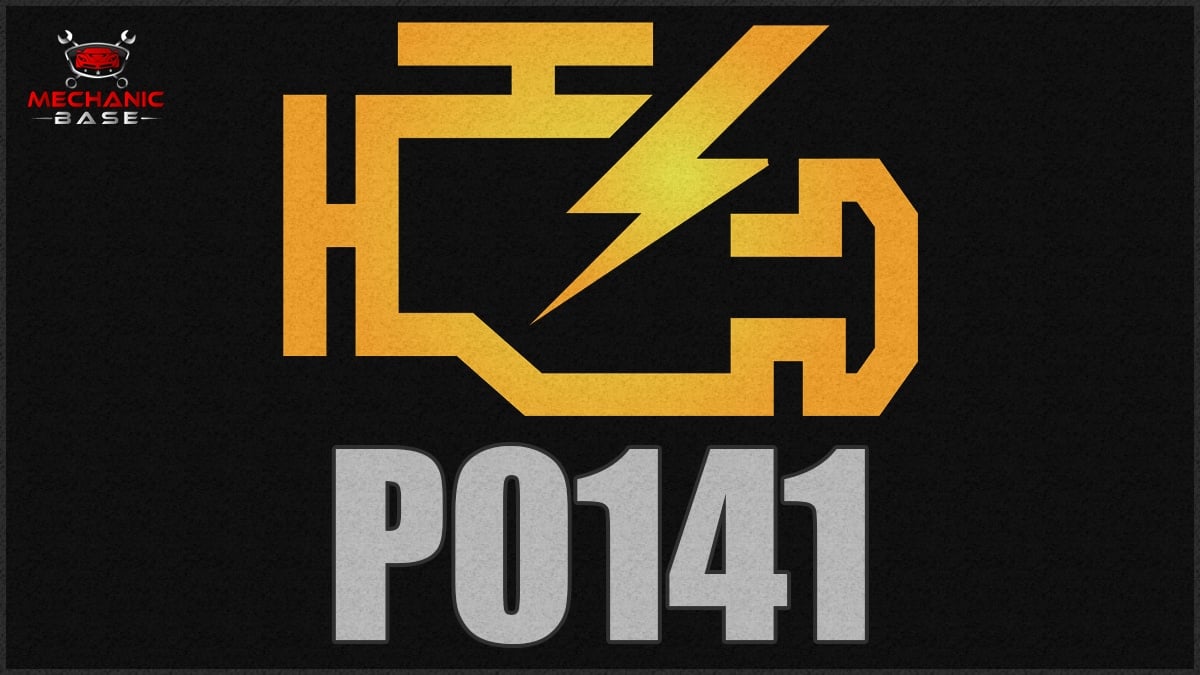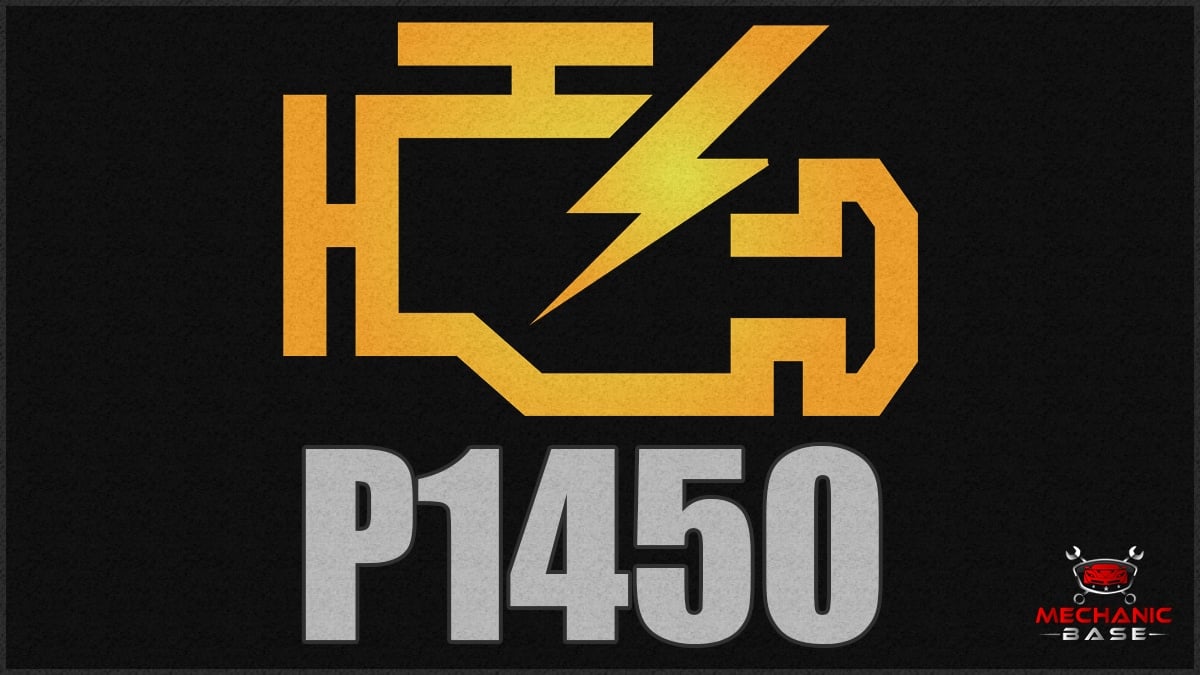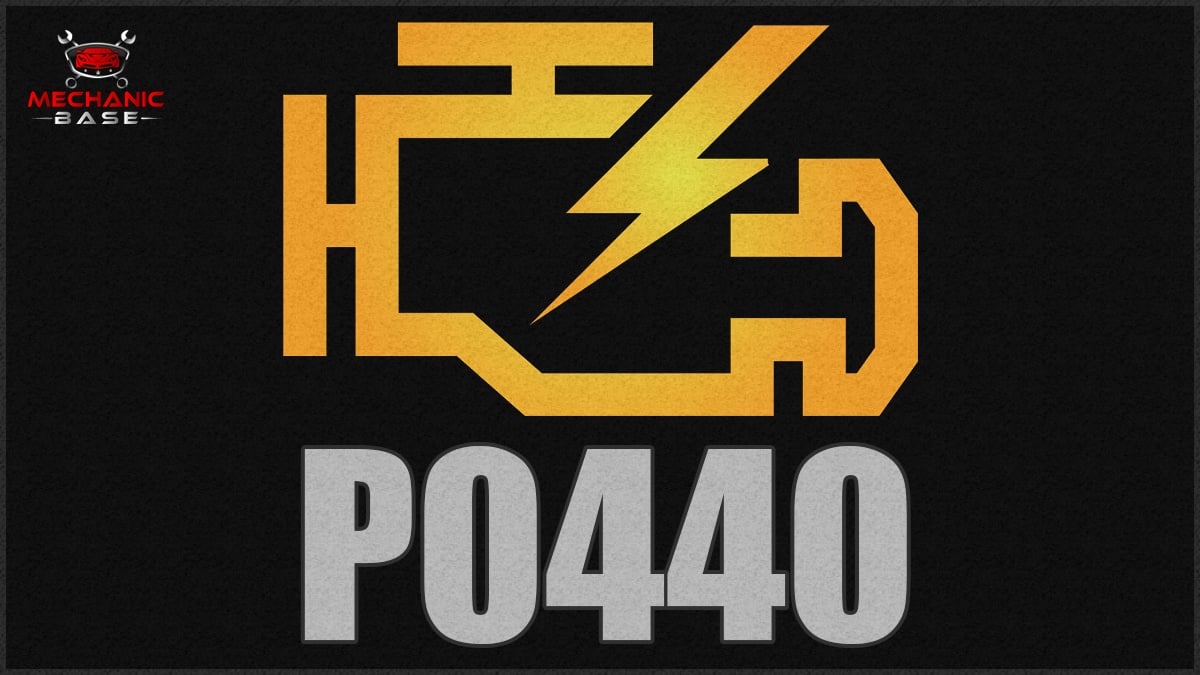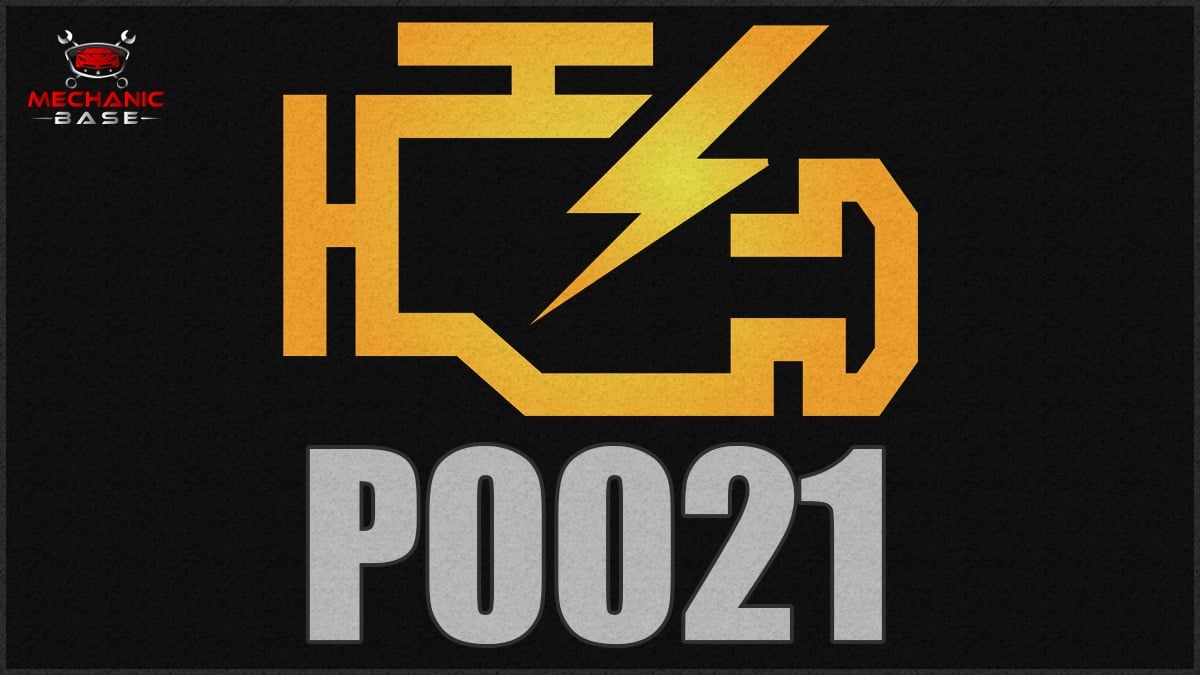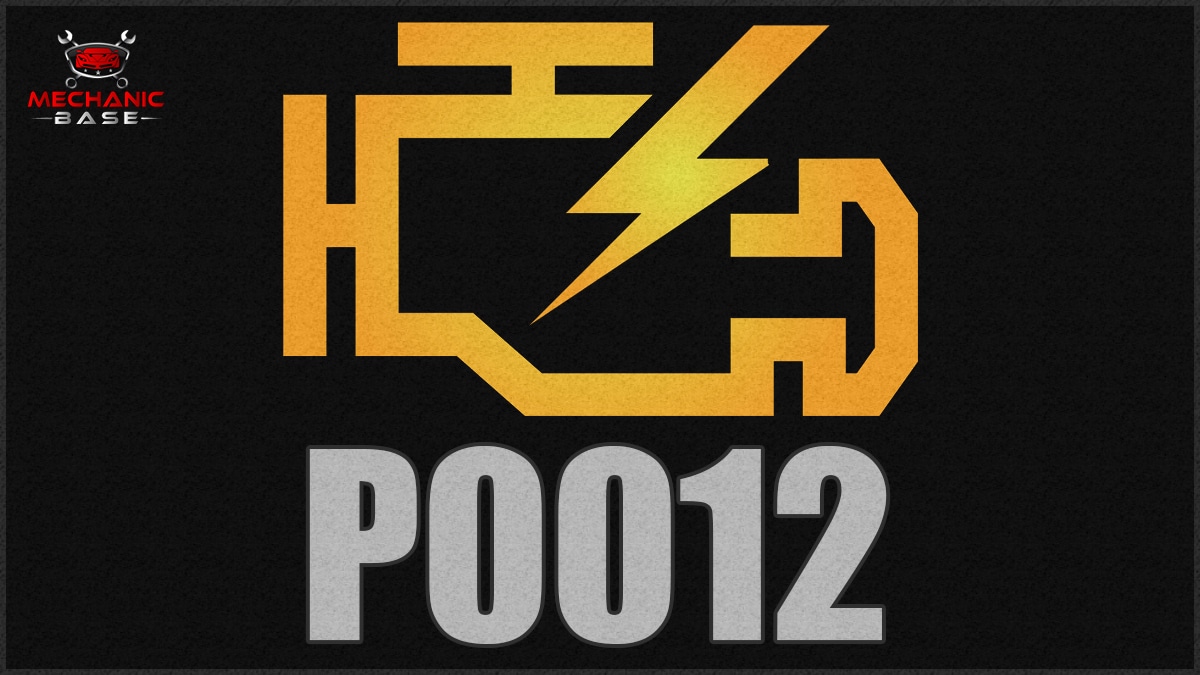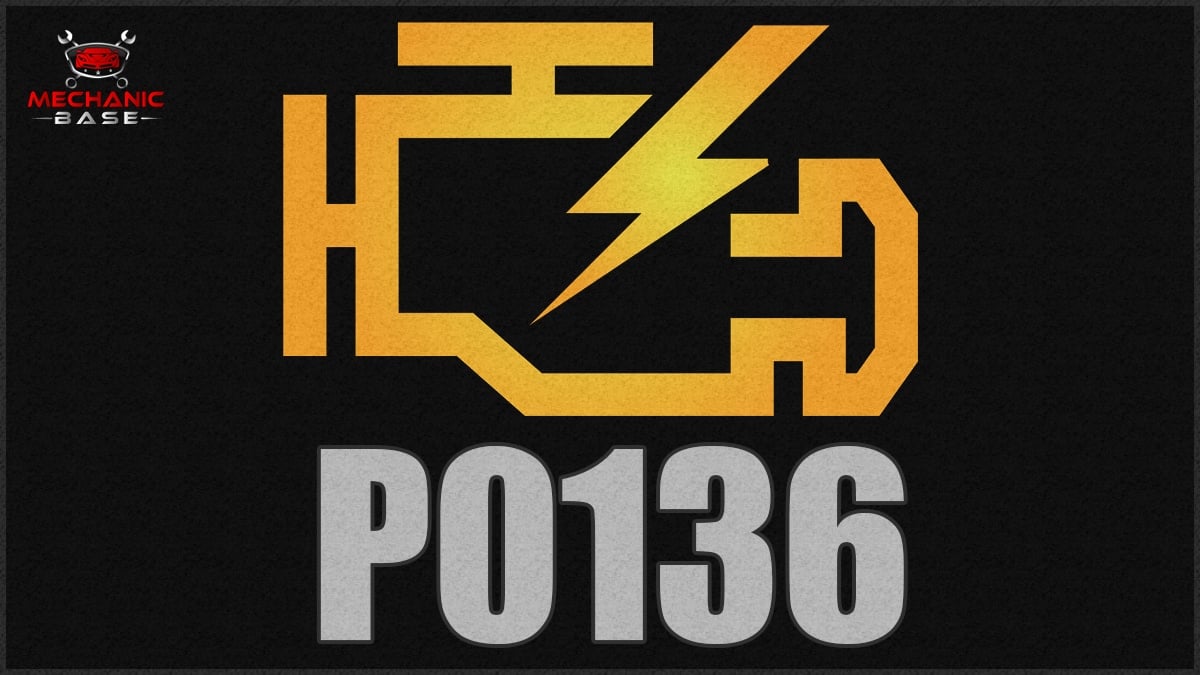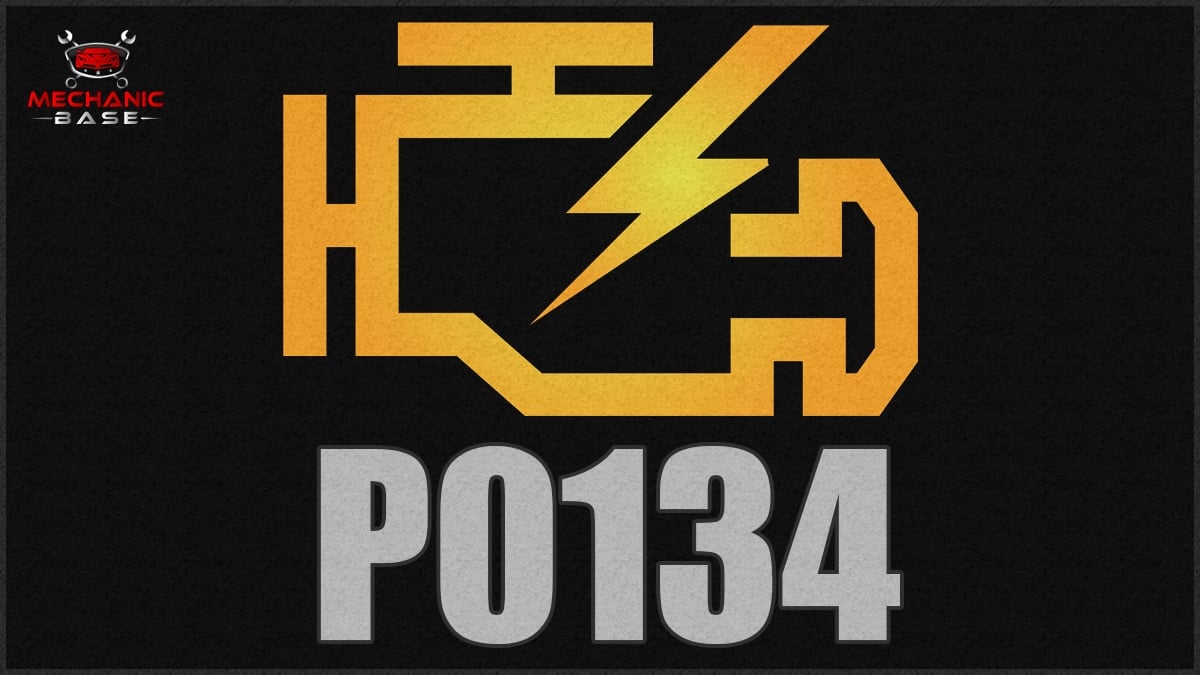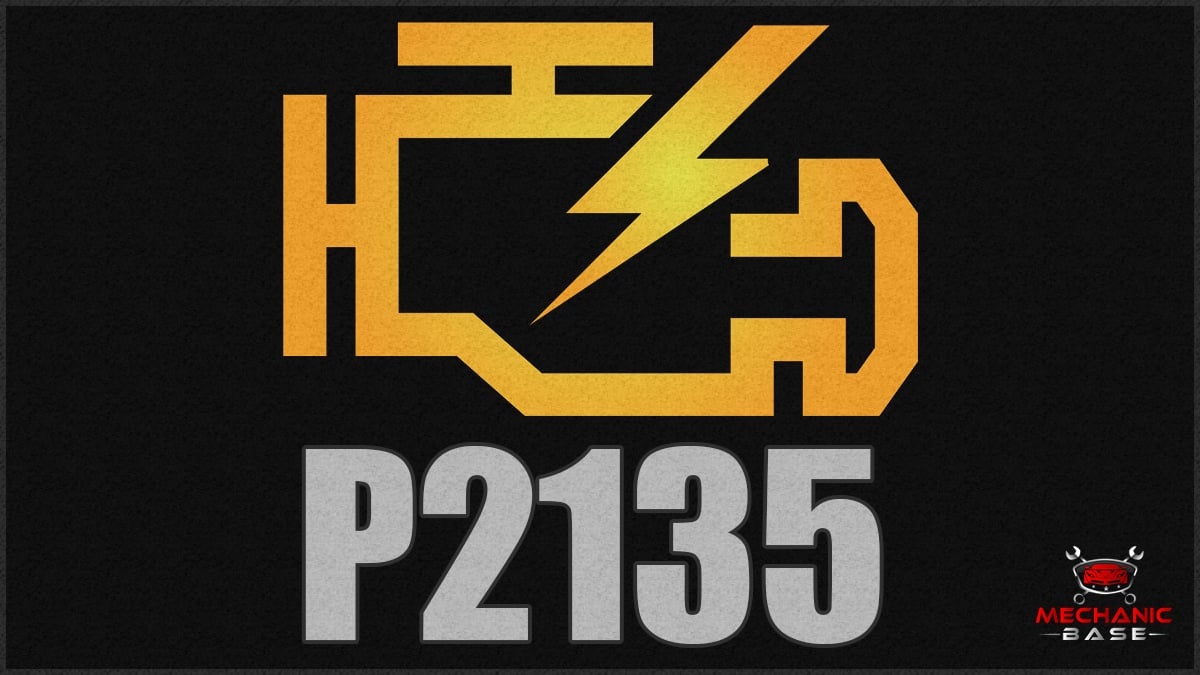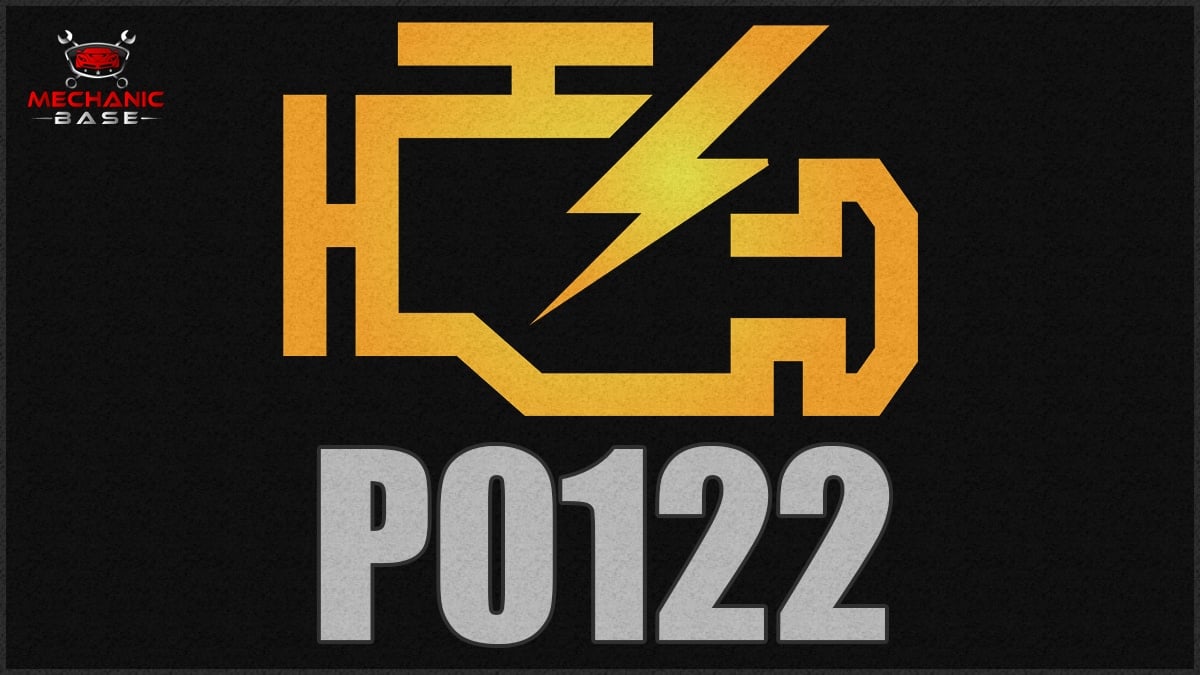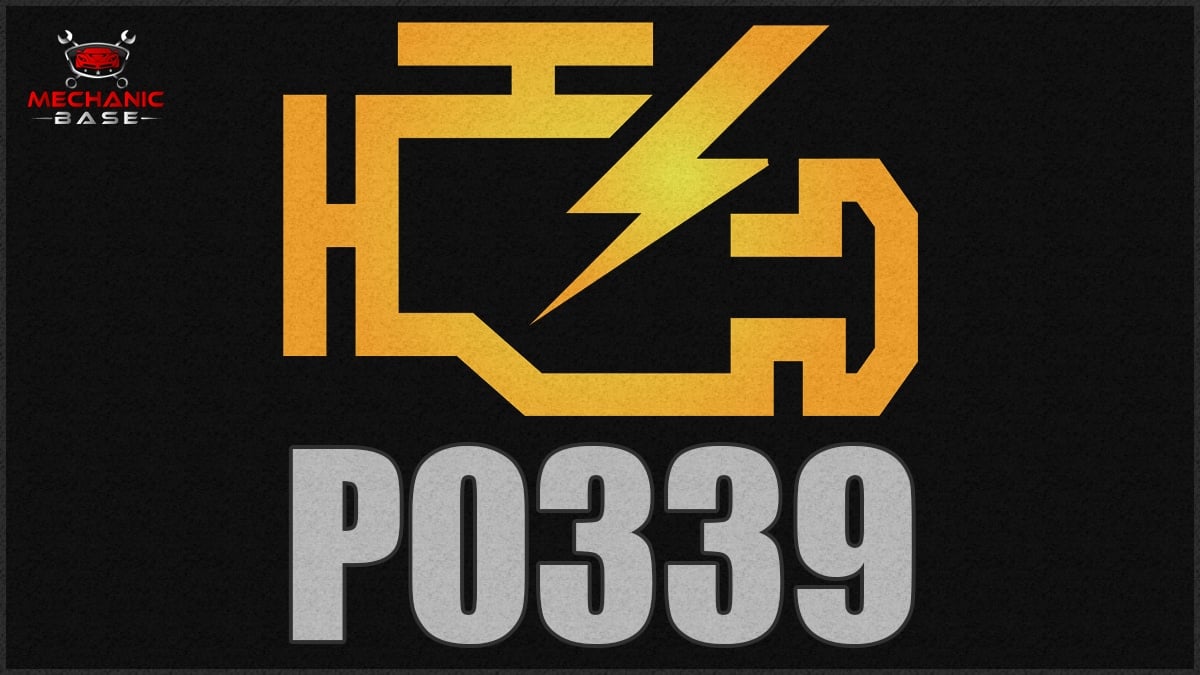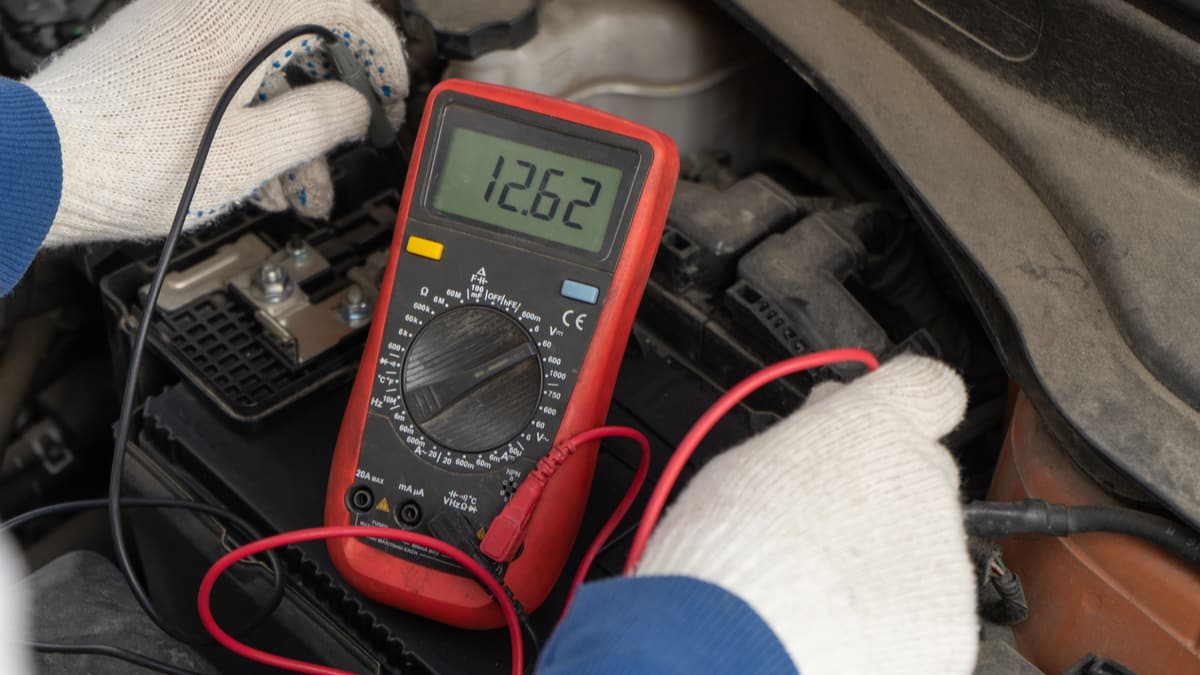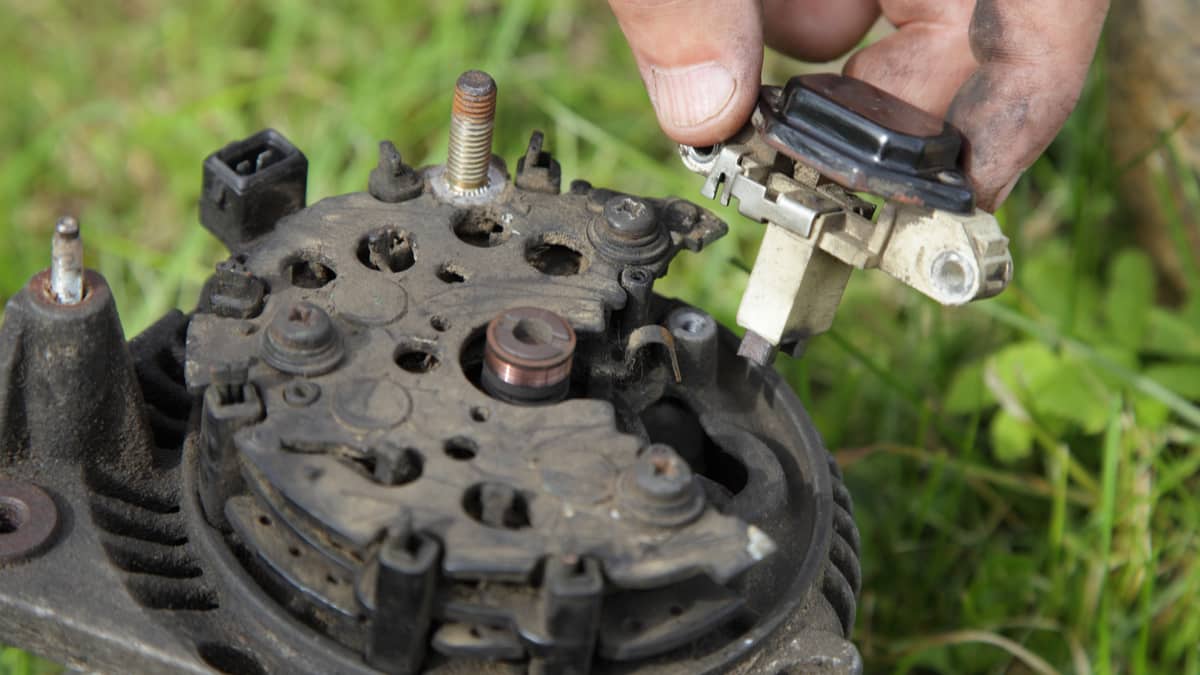Any time the engine doesn’t run as it should, the Check Engine Light can illuminate on your car’s dashboard. After using your OBD-II scanner, you might notice the P0138 code and wonder what that means.
With the professional advice given in this, you can understand the P0138 trouble code meaning and discern the top causes. I also look at some symptoms you might notice and outline a few of the best fixes.
Code P0138 Definition
P0138 – O2 Oxygen Sensor Circuit High Voltage (Bank1, Sensor2)
What Does the P0138 Code Mean?
The P0138 DTC is a generic trouble code that says the oxygen sensor circuit (Bank 1, Sensor 2) is exhibiting higher voltage than normal. The Powertrain Control Module (PCM) detects that the voltage coming from the sensor is higher than what the manufacturer specs illustrate.
This heated oxygen sensor is found at the back of the catalytic converter. It should create an output signal that’s similar to the oxygen storage capacity of the catalytic converter. Bank 1 is found on the side of the engine with the Number 1 cylinder.
The purpose of the downstream oxygen sensor is to monitor the efficiency of the catalytic converter. You can sometimes also experience a P0420 code together with the P0138.
RELATED: Bank 1 vs Bank 2 – Sensor 1 & 2 (Locate O2 Sensors Fast & Easy)
P0138 Trouble Code Symptoms
In many cases, the car will continue running as normal with the P0138 code set. You might only notice a Check Engine Light come on. However, there are times when the engine performance suffers.
Here are a few of the top reported P0138 code symptoms.
- Check engine Light
- Reduced fuel economy
- Misfiring engine
- Rough idle
- Trouble accelerating
- Stalling engine
Causes of the P0138 Code
It might seem obvious that the P0138 trouble code comes on because the oxygen sensor has failed. However, this isn’t the only possible cause, which is why a complete diagnosis is required.
Here are some of the top P0138 code causes.
- Defective oxygen sensor
- Battery voltage shortage
- Damaged connection/wiring
- Fuel delivery problem (not as likely)
- Faulty PCM (rare)
How Serious is the P0138 Code?
Medium – Many people continue driving with the P0138 code, especially when it doesn’t exhibit any noticeable symptoms. However, it’s always best to have the problem looked at sooner than later.
By running the engine with an imbalance of air and fuel, you could be allowing further damage to occur. Instead of having a massive repair bill after neglecting the engine, it’s best to have it looked at right away.
What Repairs Can Fix the P0138 Code?
Once you go through the comprehensive diagnostic steps listed below, you will have a better idea of what should be fixed. However, here are the most common ways to repair the P0138 DTC.
- Replace downstream oxygen sensor
- Repair damaged connection/wiring
- Resolve fuel delivery problem
- Update/replace PCM
Common P0138 Diagnosis Mistakes
The most common mistake when dealing with the P0138 trouble code is to replace an oxygen sensor that isn’t bad. Because the DTC signifies that there’s an issue with the oxygen sensor, many people will replace it without doing a full diagnosis.
Instead, there could simply be an issue with the connection or wiring, both of which might be cheaper to repair. There’s also the possibility that something is wrong with the fuel delivery, which is causing more fuel to enter the system than it should. That’s why you should follow the steps listed below before you replace any parts.
How to Diagnose the P0138 Trouble Code
With some simple mechanic’s tools, you can troubleshoot the P0138 DTC just like a professional would. Here are a few steps to consider following, as long as they don’t contradict what is found in your car’s service manual.
- Read the trouble codes. If there are other codes, you should look at these as well.
- Inspect the connections and wiring. You want to check everything leading to and from the oxygen sensor. It’s also wise to test the voltage of the battery power.
- Check the voltage on the O2 sensor with an OBD scanner. If it is 0.9V or higher, it’s possible that the sensor is bad. Check a repair manual for the correct values for the O2 sensor on your specific car model.
Anything beyond this should be taken to a professional mechanic for diagnosis.
Estimated P0138 Repair Cost
You don’t want to perform any fixes without running through all of the diagnostic steps first. Otherwise, you could spend money on parts that don’t need to be replaced. Once you know what’s wrong, you have a better idea of how to fix the problem. If you are dealing with a common issue, here are a few of the possible costs for the repair, including parts and labor.
- Replace downstream oxygen sensor – $175-$450
- Repair damaged connection/wiring – $50-$550
- Resolve fuel delivery problem – $125-$750
- Update/replace PCM – $225-$2,500
Mechanics Tips about the P0138 Code
The oxygen sensor 2 is the one that is downstream from the catalytic converter. It’s responsible for measuring the air and fuel mixture that comes from the catalytic converter, making sure the cat is functioning as intended.
If the voltage reading is too high, normally anything more than 0.9 volts, there will be too much fuel in the mixture. On the other hand, if the voltage reads low, normally less than 0.1 volts, there will be too much air in the mixture.
When everything is operating as it should, the oxygen sensor 2 should read a steady voltage amount, typically around 0.45 volts. However, the high voltage reading has to occur for more than ten seconds before the PCM will set an alert.
Categories: OBD Codes

